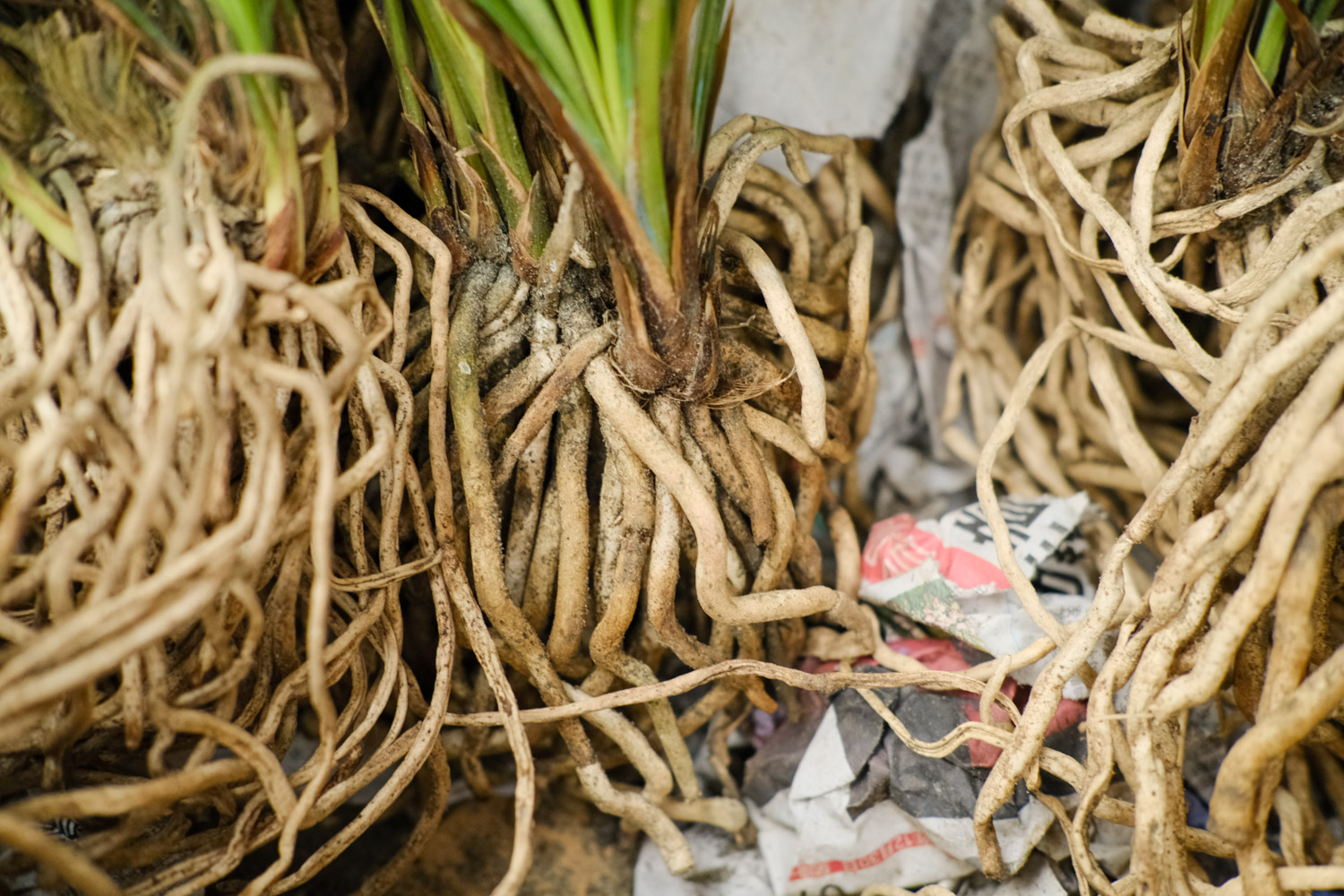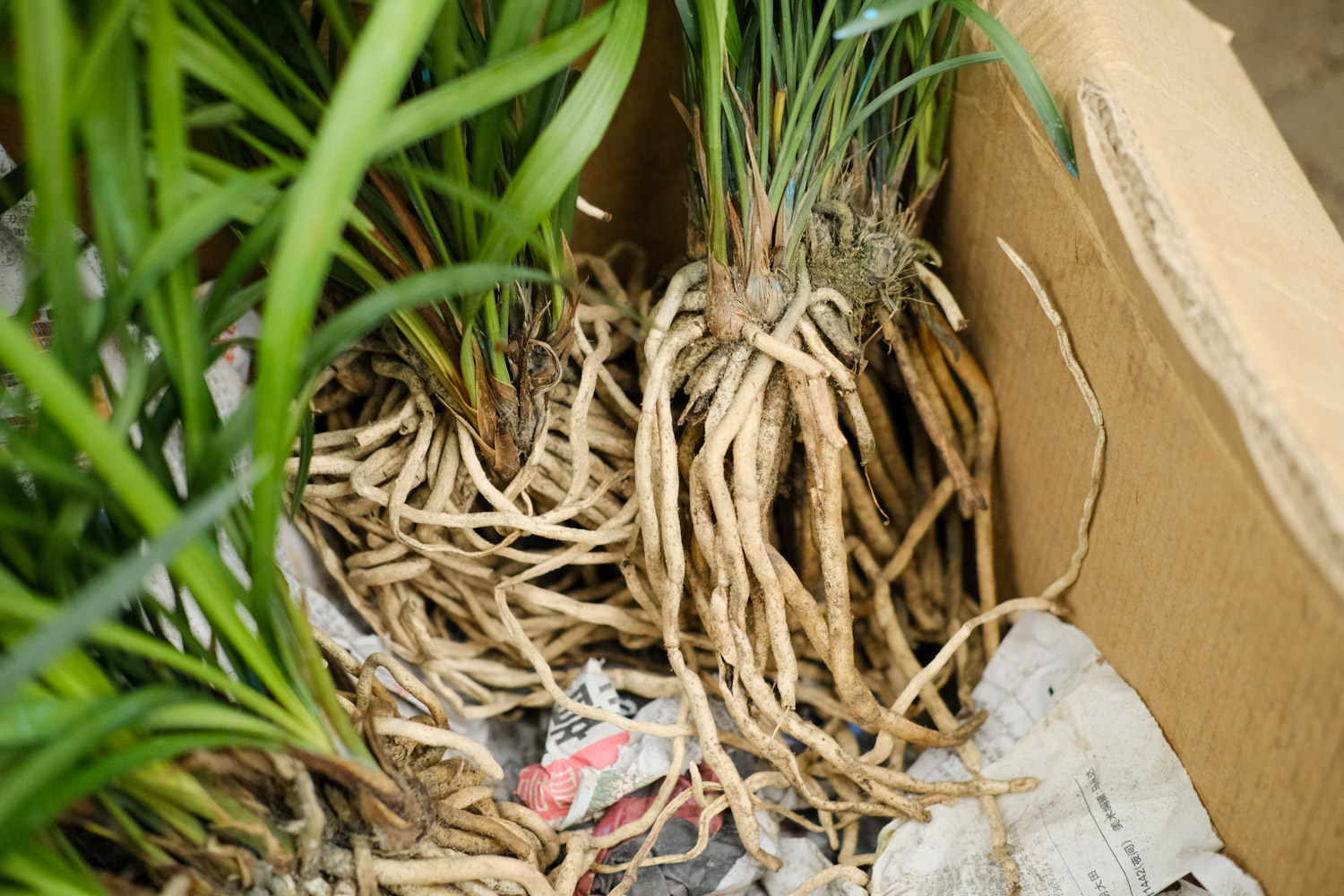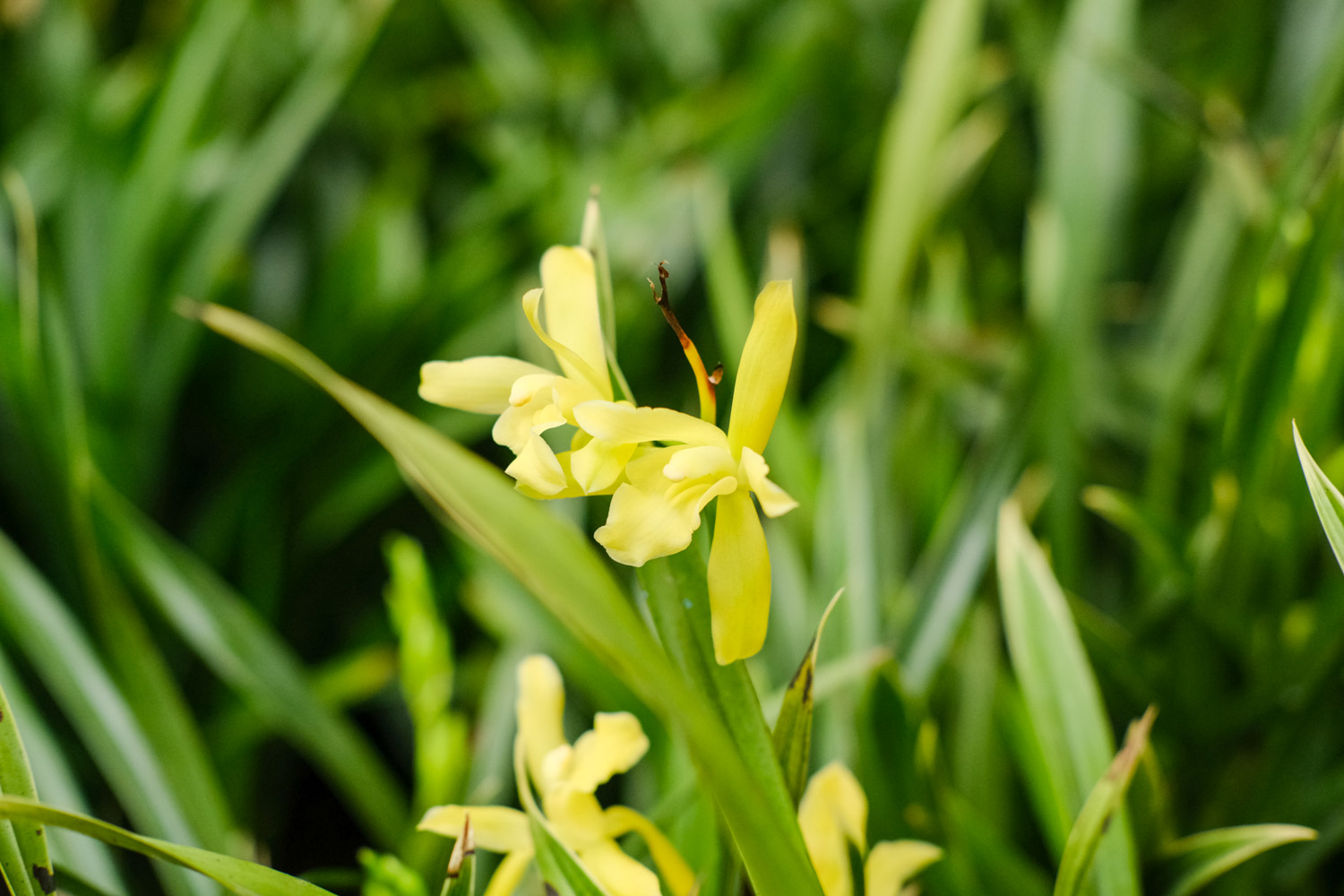1. What kind of orchid is good for raising indoors in the north
The northern region is generally dry, the soil is alkaline, and the temperature is generally low in winter. Even if there is indoor heating, it will be very dry and not well ventilated. Therefore, it is suitable for breeding orchid varieties with relatively cold resistance, strong adaptability and low requirements for soil. To sum up, two kinds of orchids, Jianlan and Moran, can be raised in the north. They have strong adaptability and are relatively cold resistant. They can be as low as minus two degrees, that is, they need to pay attention to water control

2. How to breed
Watering: when raising orchids in the north, we should timely adjust the way according to the changes of seasons, and so is watering. In spring, orchids enter the growth period with the rise of temperature. They can be watered once a day or two. Summer is also the vigorous growth period of orchids. You can water them once in the morning or evening. In rainy season, pay attention to control the amount of watering according to the humidity of basin soil. In autumn, the temperature has begun to decrease. To reduce the frequency of watering, you can water once every two or three days. In winter, the temperature is very low. You can water it once every five to seven days. However, Jianlan and Moran are relatively cold resistant and can grow in winter. You can give a little more water

Light: orchids generally prefer a cool environment to direct sunlight. Therefore, the orchids can be exposed to the sun before 9 a.m. in April and may. After mid May, the orchids should be kept in a cool and ventilated place. In winter, the orchid can be maintained in the sunny place, so that the plant can receive more light, which can promote the differentiation of flower buds
Fertilization: when fertilizing orchids, you can only apply thin fertilizer instead of thick fertilizer. The newly planted orchids can be fertilized in the first year, and then after the Qingming Festival in the second year, until the beginning of autumn. For the conservation of orchids in the north, you can apply rotten pancake fertilizer and water once or twice a month. You need to control the water for two days before each fertilization, and then apply fertilizer after the basin soil is dry. Water the next morning after fertilization


 jackfruit
jackfruit snake plant
snake plant hibiscus
hibiscus hydrangea
hydrangea lavender
lavender Green roses climb al...
Green roses climb al... If you don't pay att...
If you don't pay att... Management of four g...
Management of four g...
































